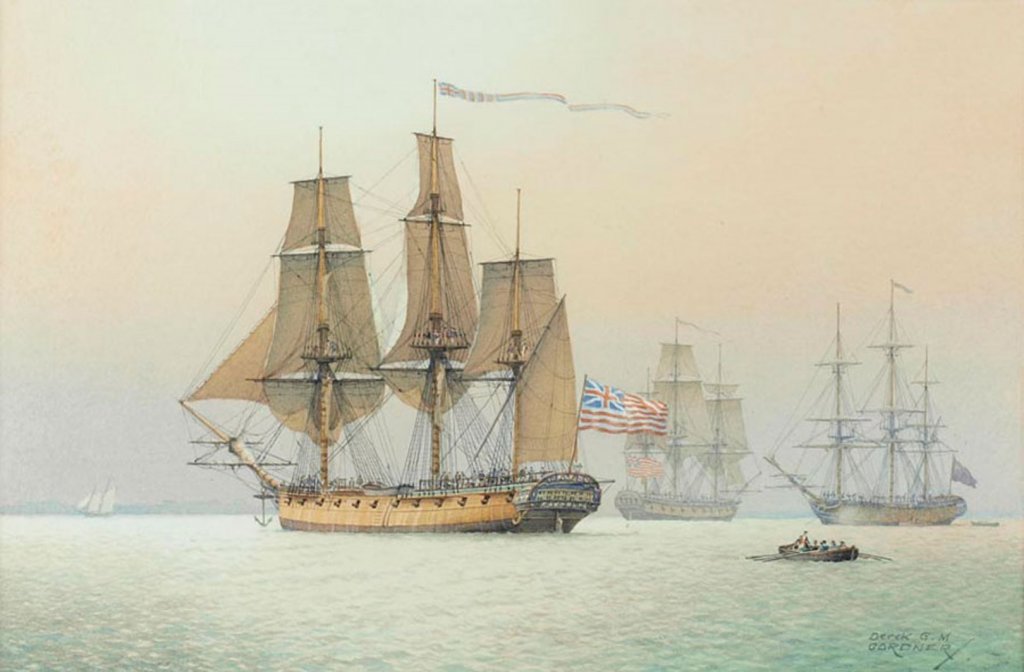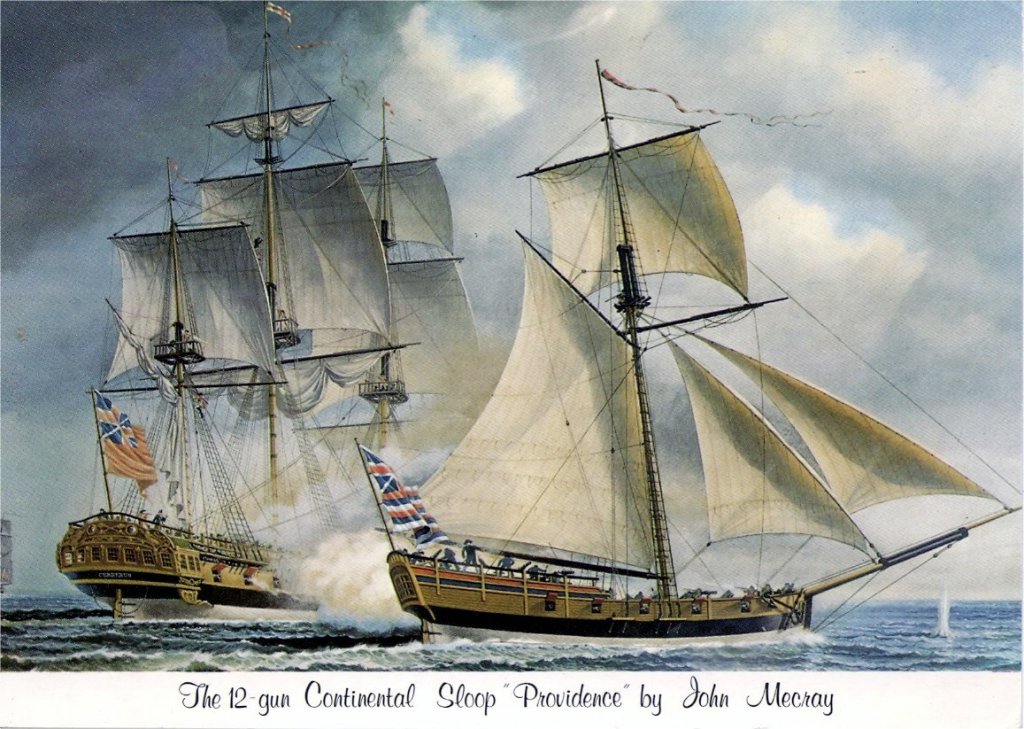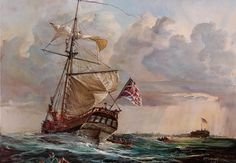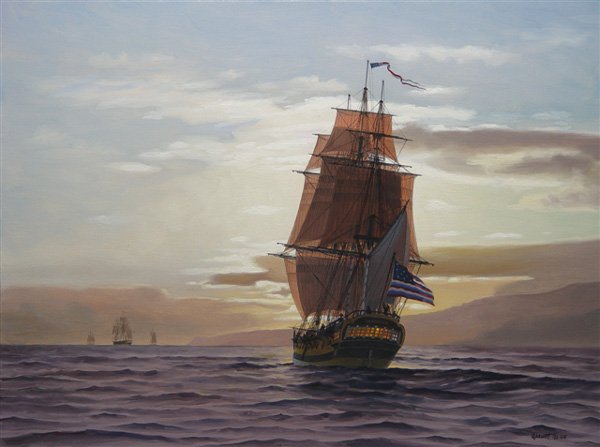-
Posts
1,876 -
Joined
-
Last visited
Content Type
Profiles
Forums
Gallery
Events
Everything posted by Chuck Seiler
-
I like the jig for the frames/bulkheads. I remember with the longboat, I had to take precautions that the frames wee square in all dimensions...the way that was planked you really had no room for error. This jig seems to, if not solve the problem, make it easier.
- 47 replies
-
- queen anne barge
- Syren Ship Model Company
-
(and 1 more)
Tagged with:
-
Bruce, I'm just tuning in to your build. Better late than never, eh? All I can say is SUPERB!
- 67 replies
-
- philadelphia
- model shipways
-
(and 1 more)
Tagged with:
-
Brian, I applaude you idea to use a simple model as a training platform. My first piece of advice is to add alcohol to your toolbox....rubbing alcohol. (A good 12 year old scotch isn't bad either (but I digress). Alcohol helps soften wood glue and allows you to disassemebly your mistakes, er, ah learning experiences. I have done alot of that. I would like to add to Dan's advise. You will often have to bend planks, such as around the bow or edge bend up or down. This often requires soaking thee plank and fitting it into place AFTER you have spiled it. Let it dry in place and refit when dry. If you glue while wet, it will shrink and cause gaps.
-

size of people
Chuck Seiler replied to Snow's topic in Discussion for a Ship's Deck Furniture, Guns, boats and other Fittings
I am curious as to where the Princeton researchers got their data in the NY Times article referenced in Lou (limagna)'s earlier post. Are we to believe that colonial beds and doorways are small because they were too stooopid to make them the correct (for their height) size? -

size of people
Chuck Seiler replied to Snow's topic in Discussion for a Ship's Deck Furniture, Guns, boats and other Fittings
The issue I have with this discussion so far is the use of a 6 foot person. People were smaller 200 years ago than they are today. I would shoot for a 5 foot person. -

Master and Commander: The 24 minutes of deleted scenes.
Chuck Seiler replied to uss frolick's topic in Nautical/Naval History
One scene that was cut, modified actually, was the scene where they anchored in Brazil. This was related from one of the SD Maritime docents who was an extra in the film (he played the master at arms). The anchor for the movie was made of fiberglass. They came into the harbor with all the native craft escorting them, then dropped anchor....and it floated... CUT!!!!!! They had to haul it in, add weights to it then do it again. DOH! -
Gary, As you are already following Dubz's (sp?) build log, I may not need to mention, but I will anyway. Before you start planking, take a look at his log laser down the road. He talks about how the markings on the bulkheads do not match the plans. The result was that he had to strip all the planking, remeasure and re-plank.
-
Many thanks
-
Clare, Who is GPM?
-
For what it's worth, I am firmly in the #2 pencil camp. For me, solid black is not subtle enough. I have the privilege of belonging to a club with access to actual tall ships. I can go up on the Berkeley and look down on HMS SURPRISE and CALIFORNIAN and see how real caulking looks. Even so, scale distance is only 1.5 to 2 feet away. Mentally factoring in the effect of distance on color and I feel the old #2 represents it best.
-

I'm looking for a good headlamp/ magnifier
Chuck Seiler replied to Derek C's topic in Modeling tools and Workshop Equipment
OPTIVISOR is supposed to be pretty good. Quality plus changeable lenses. I have one, but I still prefer my cheapo Deluxe Lighted Headband Magnifier (see MicroMark) that the lights fell off years ago. -
I'll buy that.
-
I am late to the discussion...please pardon my tardiness. I was a little involved in the discussion on pigments referenced by Wayne, so this interests me in terms of "what did they use and why". I see the phrase "...did not paint..." several times above. I hope that means they did not use color, but did in some other fashion treat the wood. I have seen untreated wooden buildings and structures and note how (relatively) rapidly they deteriorate. I can only guess at the impact an open ocean, salt water environment would have on raw wood. Would pinetar be used, as Duff suggests, or something else.
-
Vossie, Thanks for the tip on the book. Finishing has been a weak area with me. In some cases I prefer to paint a piece before installing it to ensure a crisp paint line, or lack of over paint. Similarly, paint or stain a section before installing moulding. The issue has always been to seal or not seal. I have painted with some success using a method outlined by Chuck and others. However, I only paint small areas. I either stain or leave natural the bulk of the model. I usually avoid sanding sealer due to fear that it will screw up efforts to stain. Perhaps I should experiment.
-
Certainly Derek is from a different dimension where their week is the length of many months here on Earth. Great job! The use of the freises (freisi?) is perfectly acceptable. That' why they are included. I look forward to your progress.
- 23 replies
-
- finished
- 18th century longboat
-
(and 1 more)
Tagged with:
-

Hello i'm new here and to ship building
Chuck Seiler replied to Derek C's topic in New member Introductions
Derek, Welcome aboard! For what it's worth, I have been modeling for many years and I found the longboat quite challenging. Its simplicity is quite deceiving. Since you are working single layer planking that can be seen from both sides, your planking job must be PERFECT. Good luck and happy modeling!! -

HMS SUSSEX 1693 by 8sillones
Chuck Seiler replied to 8sillones's topic in - Build logs for subjects built 1501 - 1750
Excellent work!!! I love the detail. That looks to be quite a large model. Is your decorative work painted or gold-leafed? -

Pirate ship
Chuck Seiler replied to JB3D's topic in CAD and 3D Modelling/Drafting Plans with Software
I would go with the 6 pounders. Golden Hinde had them for a reason, and it wasn't because 'they couldn't afford 24 pounders'. That's a significant amount of topside weight and a significant amount of recoil when the guns are fired. There were ships quite a bit larger than GH that didn't have guns as big as 24#. -
I would think you would get an idea of the various rigging sizes from the plans provided in the kit. I believe from past discussion that newly tarred lines would be a dark brown, but they would get darker with age. You can use that as a guide...dark brown or brown with a little black added. I tied that awhile back and just made a muck of it. Now I just get the dark brown line from Syren Ship Model company (no affiliation...just the same first name).
-
Bob, You paint the molding before you glue it into place, correct? That provides for a real sharp paint job without 'overspray' onto the planks above and below. Looking good!!
- 682 replies
-
- halifax
- lumberyard
-
(and 1 more)
Tagged with:
-
How late in the 18th century and what nation? I have seen several paintings (see below...among others) where the ensign is flying from a staff in the stern. I had originally thought that was an error made by a landsman who never saw a ship underway and assumed since the saw the ensign flying there in port, it was there all the time. It made sense to me that the ensign would fly from the gaff as described by Tom in post 2. However, the more searching around I did, mostly on Revolutionary War ships, the more I found this phenomena.
-
NO!!!! Do not plank the false deck first. Wait until the false deck, whether you use one piece or several, is securely in place BEFORE you plank.
- 17 replies
About us
Modelshipworld - Advancing Ship Modeling through Research
SSL Secured
Your security is important for us so this Website is SSL-Secured
NRG Mailing Address
Nautical Research Guild
237 South Lincoln Street
Westmont IL, 60559-1917
Model Ship World ® and the MSW logo are Registered Trademarks, and belong to the Nautical Research Guild (United States Patent and Trademark Office: No. 6,929,264 & No. 6,929,274, registered Dec. 20, 2022)
Helpful Links
About the NRG
If you enjoy building ship models that are historically accurate as well as beautiful, then The Nautical Research Guild (NRG) is just right for you.
The Guild is a non-profit educational organization whose mission is to “Advance Ship Modeling Through Research”. We provide support to our members in their efforts to raise the quality of their model ships.
The Nautical Research Guild has published our world-renowned quarterly magazine, The Nautical Research Journal, since 1955. The pages of the Journal are full of articles by accomplished ship modelers who show you how they create those exquisite details on their models, and by maritime historians who show you the correct details to build. The Journal is available in both print and digital editions. Go to the NRG web site (www.thenrg.org) to download a complimentary digital copy of the Journal. The NRG also publishes plan sets, books and compilations of back issues of the Journal and the former Ships in Scale and Model Ship Builder magazines.





